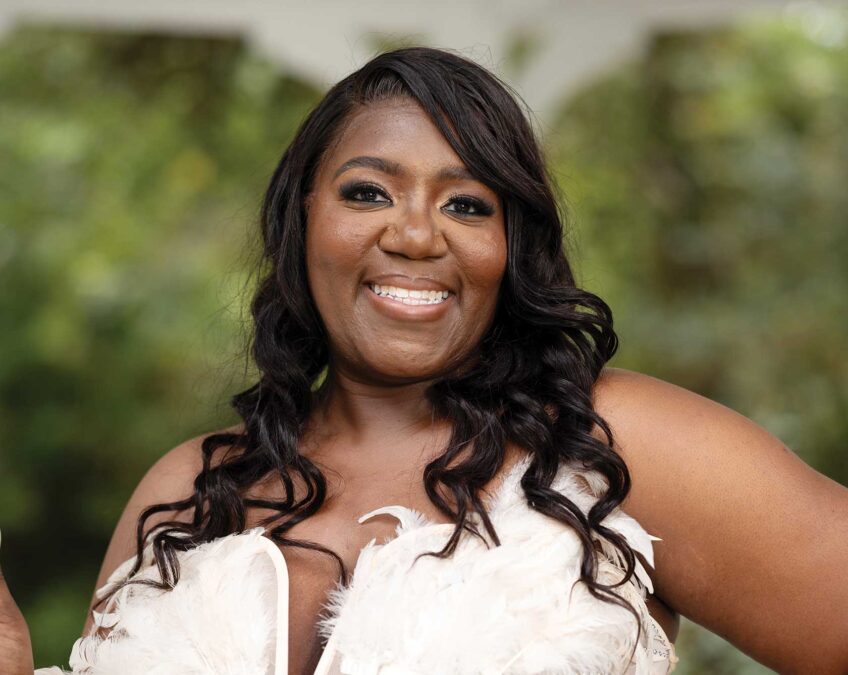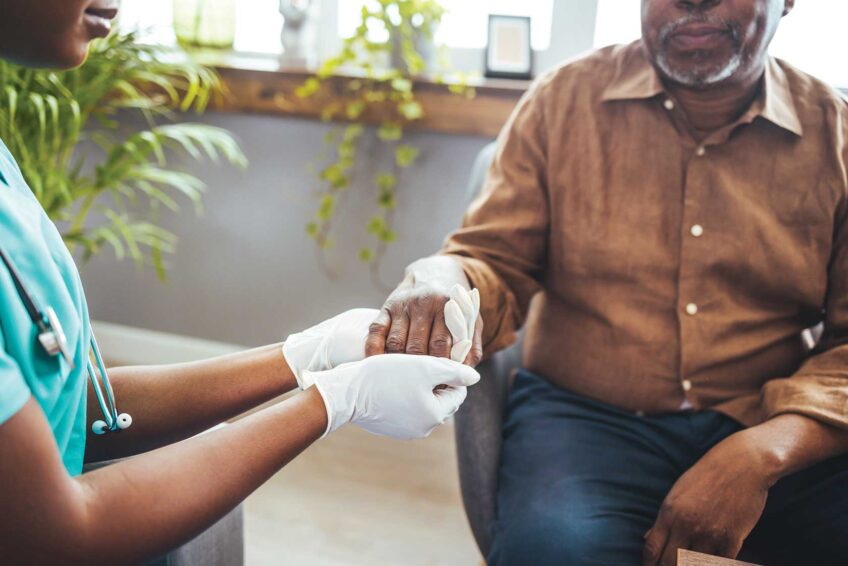HPV vaccine remains underutilized
August is National Immunization Awareness Month

The discovery that human papillomavirus, or HPV, causes cervical cancer was a monumental find for which Dr. Haralk zur Hausen, a German scientist, won a Nobel Prize. In 2006 the Food and Drug Administration approved an HPV vaccine for females aged 11 to 12 to guard against cervical cancer as well as genital warts. Those who fail to be vaccinated within that time frame can get “catch-up” shots until the age of 26.
HPV vaccines are given in a series of three shots over six months.
Although HPV is more often associated with cervical cancer — it’s the source of 70 percent of the cases — its damage has a far greater reach. It is the culprit behind other female cancers (vagina and vulva), but males are not exempt. More than 60 percent of penile cancers are attributed to HPV as well as 70 percent of oral cancers, which are more common in males. The virus is responsible for almost all cases of cancer of the anus.
The Centers for Disease Control and Prevention estimates that 65,000 cancers a year are probably attributed to HPV.
In 2011 the Advisory Committee on Immunization Practices recommended the vaccine to boys and young men aged 11 to 21, but males 22 to 26 may also be vaccinated.
HPV is the most common sexually transmitted infection in the country. The CDC estimates that at any given time, roughly 20 million people are infected. Yet, most people remain unaware of these potentially lethal germs. Typically, HPV has no symptoms and is usually eradicated by antibodies found in healthy human immune systems. But some high-risk HPVs, such as HPV 16 and HPV 18, can linger within a body and If not destroyed can result in cancer.
It can take 20 or more years for the disease to develop. That’s why HPV-related cancers tend to strike in the fourth or fifth decade.
Yet, despite the fact that a reliable immunization is readily available, the vaccination rate for HPV in this country is abysmally low. The National Immunization Survey-Teen is a yearly survey that examines immunization rates for adolescents aged 13 to 17. Although there has been a steady increase in compliance with HPV guidelines since 2006, the rates remain much lower than those for other immunizations.
For instance, while 86 percent of the teens covered in the survey had received a dose of Tdap for tetanus, diphtheria and pertussis (whooping cough), only 37 percent of females and 14 percent of males between 13 and 17 had received the full three-shot regimen for HPV.
Particularly troubling were what health professionals call missed opportunities, or health care encounters which included administration of at least one vaccine but not the HPV vaccine. The ACIP recommends administration of all age-appropriate vaccines during a single visit.
Had this recommendation been followed, according to the ACIP, vaccination coverage for at least one dose of HPV vaccine by age 13 could have exceeded 91 percent.
Immunization rates of HPV varied by state, race and income. For females, immunization of at least one dose ranged from 40 percent in Kansas to almost 80 percent in Rhode Island. Similarly in males, coverage ranged from 11 percent in Utah to 69 percent in Rhode Island.
Rates in females were higher for Hispanics than for blacks and whites, while black and Hispanic males had higher rates than white males. Those below the poverty level had higher compliance than those above the poverty level. A possible reason is that several federally-financed programs pay for shots for those uninsured or underinsured.
A variety of factors, including knowledge of HPV and concern about the safety of the immunization, likely contribute to the low vaccination rate. Several parents said they did not have their kids inoculated because they are not sexually active. Some parents believe that protection brings with it the license for sex.
However, one study published recently in Pediatrics found that three years after immunization, sexual behavior in 11- to 12-year-old girls who were vaccinated did not differ significantly from those girls who were not vaccinated.
A lack of state mandates is also to blame. Even Massachusetts has fallen short in this area despite leading the nation in other immunization rates. To date, only Virginia and Washington, D.C. mandate HPV vaccination for school attendance.
The bottom line is that HPV vaccination, combined with adherence to a schedule for Pap smears, refrain from smoking and consistent and correct use of condoms could help reduce the risk of thousands of cancer cases and deaths each year






